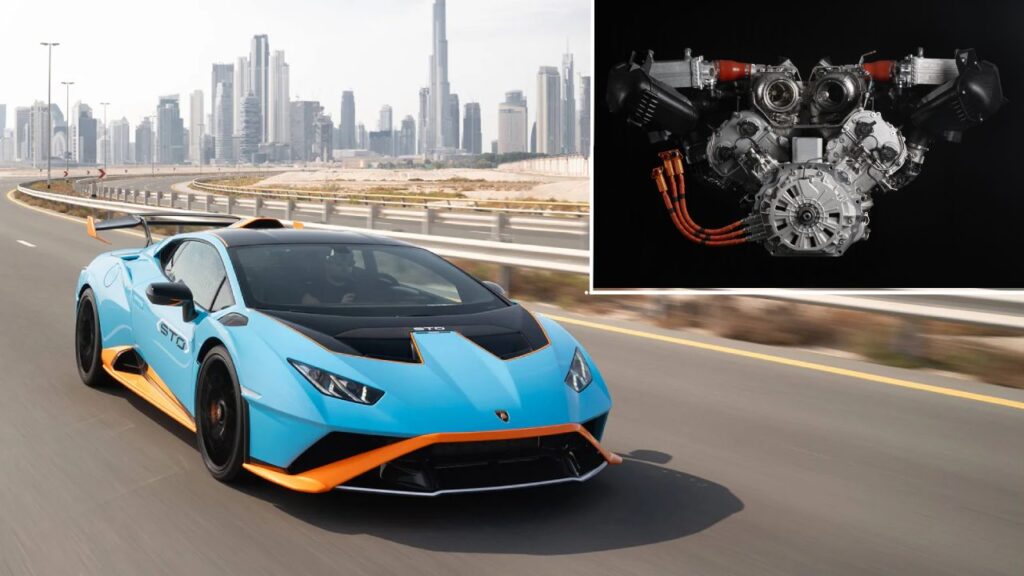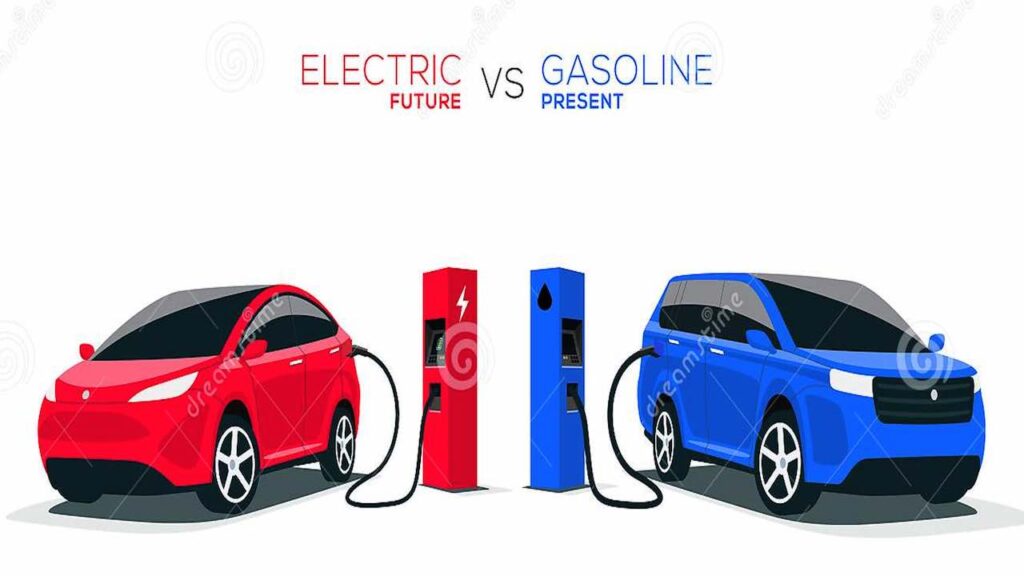Lamborghini Huracan Successor Will Get A Twin-Turbo Hybrid V8
The iconic Italian automaker also thinks that it is a little too early for fully electric supercars just yet. As per the official press release, the upcoming Lamborghini Huracan successor will come equipped with a twin-turbo hybrid V8 engine. Codenamed the Lamborghini 634, the supercar will join the elite list of High-Performance Electrified Vehicles (HPEVs) in the Italian supercar marque’s portfolio. This lineup already includes the likes of the Revuelto and Urus SE. The launch of the Lamborghini 634 is slated for this year (2024). You might also like: Here’s How Ferrari May Still Sell ICE Cars Post EU Ban of 2035 Lamborghini Huracan To Get Twin-Turbo Hybrid V8 Lamborghini announced a few key details of the potent powertrain which will propel the legendary supercar. This new engine comprises of a twin-turbo V8 configuration along with a hybrid system consisting of three electric motors for a maximum power output of a jaw-dropping 900 CV (900 PS). Performing the transmission duties in tandem with this mill is a sporty and quick-shifting 8-speed dual-clutch gearbox. The aim is to surpass the performance of the existing Huracan range. Note that the current 4.0-litre twin-turbo V8 engine generates a whopping 800 CV (800 PS) between 9,000 and 9,750 RPM. The highest this motor could rev is a spine-chilling 10,000 RPM, which is already racing car territory. Also, the drivers can experience a maximum torque of 730 Nm (538 lb-ft) between 4,000 and 7,000 RPM. At the rear, the electric powertrain is placed between the combustion engine and the transmission. It even includes an inverter and an axial electric unit. This motor is capable of generating a decent 110 kW (150 PS) and 300 Nm (221 lb-ft) at just 3,500 RPM. The new engine will also deliver exhilarating acoustics, which adds to the overall driving aspect of any supercar. Hence, we can be sure that the hybrid Huracan won’t drop its iconic voice. You might also like: 2025 Rivian R1 EVs To Get Heat Pump As Standard, New LFP Battery Learn Electric Cars Says Lamborghini is not willing to shift to total electrification for its cars due to the ‘lack of emotional aspects’. In fact, Lamborghini CEO Stephan Winkelmann recently commented that fully electric supercars are “not something that is selling so far” and thinks “it’s too early, and we have to see down the road if and when this is going to happen.” He believes that hybrid cars don’t have the issue of lacking ’emotional connect’. As a matter of fact, the Italian supercar major is in favour of synthetic e-fuels which can elongate the lifetime of supercars without going all electric. Porsche is one carmaker under VW Group which is constantly developing ways to introduce synthetic e-fuels to extend the lives of combustion engines. Remember that the EU plans to ban sales of ICE cars by 2035. With e-fuels coming into the picture, these plans could see a revision. After Revuelto, Urus and Huracan’s successor, we will see Temerario join the list of HPEVs next. The first official EV be the Lazandor crossover which is expected by 2028.





